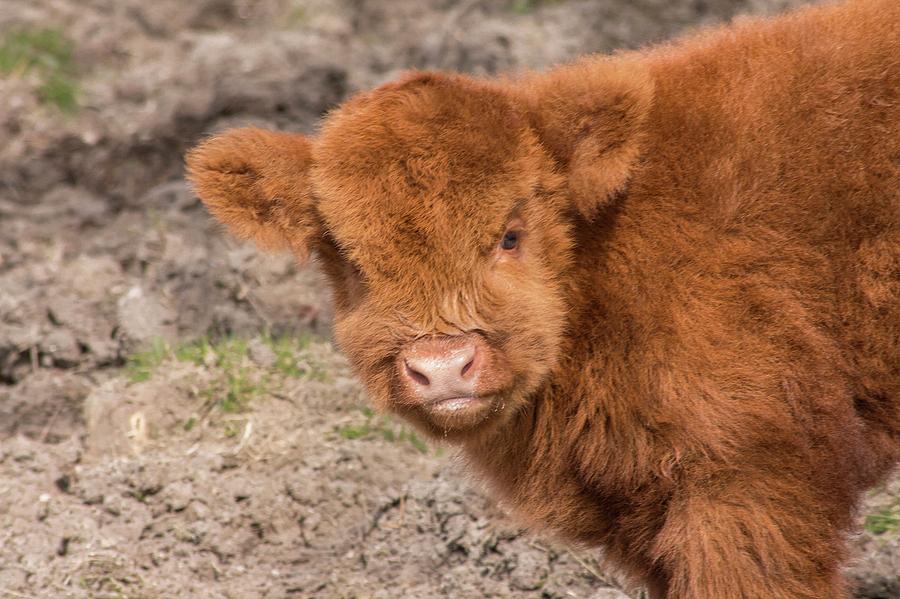
Their adaptability to severe changes in weather is responsible for their longevity. Genetics plays an important role in this. They seem to be immune to everything, as other bovine diseases affect them less.

Highlands do not stress easily in harsh conditions, so stress-related diseases are also uncommon. Therefore, pinkeye and cancer eye are seldom encountered. Long lashes and dossan protect their eyes from flying insects. They are quite intelligent, docile, and cooperative. They can be halter trained as easily as any other breed. ➺ There is no need to worry about their temperament. The weight largely depends upon forage conditions. Bulls may weigh about 1,500 to 2,000 pounds. ➺ The weight of a mature cow is 900 – 1,200 pounds. Horns help determine the age of the growing calf. ➺ The horn spread of an older cow can be 3 – 4 feet wide. They have been raised in remote terrains with harsh climates like Alaska and the Scandinavian countries. Many other breeds would not survive in the conditions in which Highland cattle live happily. They can withstand cold weather and snow. ➺ They do not require specially designed shelters, feed supplements, or expensive grains to stay fit. These well-oiled hair help shed rain and snow. The hair on the outer coat can be about 13 inches long.

➺ Their double coat reduces the need for expensive barns and shelters. Today, both these strains are regarded as one breed―Highland. The larger ones, mostly reddish in color, were common in the remote Highlands of Scotland. ➺ Originally, the slightly smaller and black (or brindled) Highland cattle that were found on the islands off the west coast of northern Scotland were known as ‘Kyloe’. ➺ Although groups of cattle are generally called ‘herds’, a group of Highlands is known as a ‘fold’. Life Expectancy: 15 – 22 years Average Litter Size: One Predators: Human beings, wolves, and coyotes Characteristic Feature: Long, thick, flowing coat and large, curved horns Color: Tan, brown, black, brindled, red, yellow, dun, silver-white, or orange Scientific Name: Bos taurus Family: Bovidae Common Names: Hairy cow, Scottish Highland cattle, Scotch Highland cattle, Highland cattle or Highlanders Diet: Herbivore mainly consists of grass, leaves, and flowers Native Place: Scotland Habitat: Mountainous and wet grasslands Height: 0.9 – 1.1 m (3 – 3.5 ft) Weight: 400 – 1,000 kg (882 – 2,204 lbs) Top Speed: 40 km/h (25 mph) Lifestyle: Herd Conservation Status: Least concern That is why the meat of Highland cattle tends to be leaner than most beef. And it has been noticed that Highlands do not increase their feed intake until the temperature drops to -18 degrees F, while other breeds increase their intake at 32 degrees F. Highland cattle do not need such fat for protection. The excess fat stored in subcutaneous layers protects them from severe cold. Other breeds produce a layer of fat to stay warm.

The long fringes over the eyes are known as ‘dossan’. The outer coat consists of long, coarse hair, while the inner coat consists of soft, short, woolly hair. Their double coat acts as a natural insulator, and protects them from severe cold, high rainfall, and strong winds.


 0 kommentar(er)
0 kommentar(er)
